Story
Banking On Inclusion
Akiptan Transforms Agricultural Lending From the Ground Up
DATE
February 21, 2023
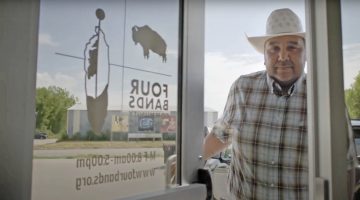
By Mary Divine
For four generations, Skya Ducheneaux’s family has leased tribal land, in addition to what they own, for their beef cattle ranching operation in South Dakota. But since they don’t own all of the land that they operate on, on the east end of the Cheyenne River Reservation, they’re unable to borrow against it to grow their assets.
,
“If you can’t put it on your balance sheet, then your balance sheet isn’t as strong, because land is typically your largest asset,” Ducheneaux says. “If you can’t leverage what should be your largest asset, you’re playing a lot of catch-up. You’re deemed risky by a system that doesn’t take into consideration your reality, so then you get put into this cycle of survival mode, and you don’t always get an opportunity to thrive.”
,
But Ducheneaux is working to break that cycle. Ducheneaux is executive director of Akiptan, a federally certified Native community-development financial institution (CDFI) based in Eagle Butte, South Dakota, with a mission to transform agricultural lending in Native communities. It is the first CDFI dedicated exclusively to Indian agriculture.
“There’s a lot of innate distrust between Indian Country and financial institutions, so we knew that we needed to be different,” says Ducheneaux, a member of the Cheyenne River Sioux tribe.
,
Credit terms are often unfair, she explains: “If banks will lend to you, it’s at shorter repayment terms and higher interest rates because you’re deemed ‘risky.’” That’s how Akiptan can help. A Lakota word that loosely translates to “together,” Akiptan is committed to the idea that the best way to create a more inclusive banking system is to establish trusting relationships.
,
“While we may not all be related by blood in Indian Country, we’re still all family, and we still all care about each other,” she says. “It’s a very community-level approach where everybody’s a neighbor. Everybody’s a cousin. You just want to be able to take care of each other.”
,
Changing the Lending Landscape
Akiptan’s loan officers touch base with their customers at least four times a year, and the quarterly check-ins are written into the closing documents of every loan. It’s their way of making sure that the relationships are nurtured and grown. “It’s pretty informal. It’s like, ‘Hey, have you been getting any rain yet?’ or ‘How’s haying going?’ or ‘How’s the family?’ We want them to know that we are on their side, and they can come to us for anything.”
Customers aren’t thrilled when they learn about the check-ins. It’s so different from their other banking relationships, where they prefer to be left alone, Ducheneaux says. But it doesn’t take long before customers start appreciating the attention and even initiate contact with Akiptan staff, she says. “They’ll text us pictures of their calves, or they’ll come into the office and visit,” she says. “They know that their success is our success.”
,
Loan officers first learn all they can about their customers’ operations and then work with them to “put pen to paper regarding where they want to be—in one year, five years, 10 years,” she says. “After we figure out their goals, we then figure out our role as their lender. Say someone has 100 cows, and they want to grow to 200. Well, how are we going to get there?”
,
Akiptan’s focus on relationships is what sets Akiptan apart.
,
“We look at it as a partnership,” Ducheneaux says. “It’s not like, ‘You’re the borrower, and I’m the lender, and I’m going to give you this chance, and you need to do what I say.’”
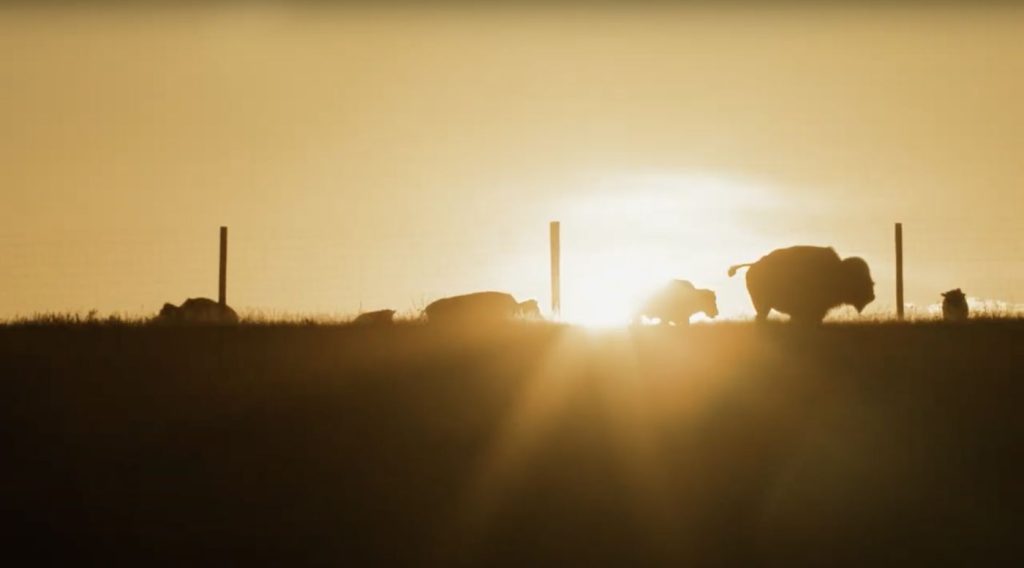
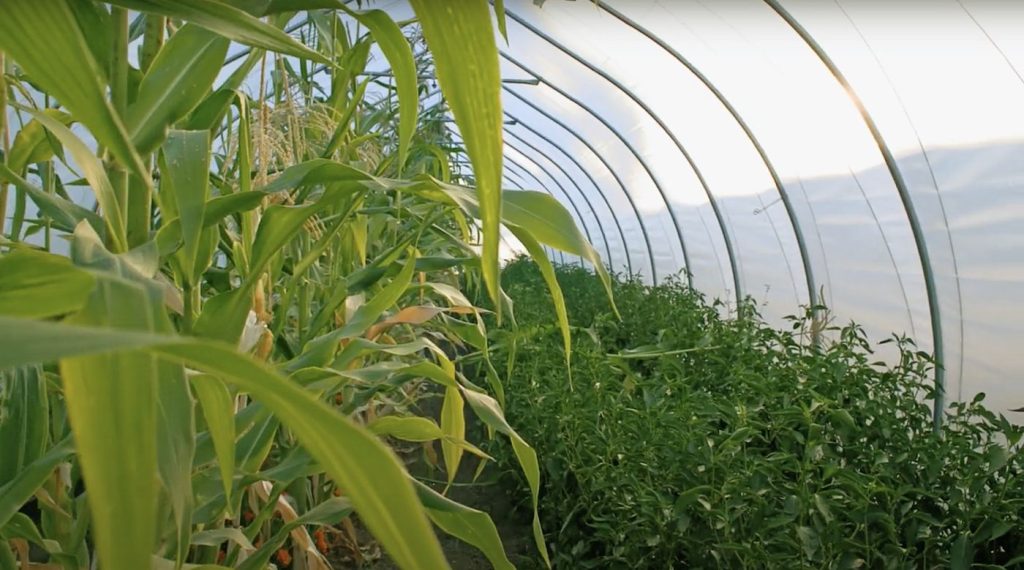
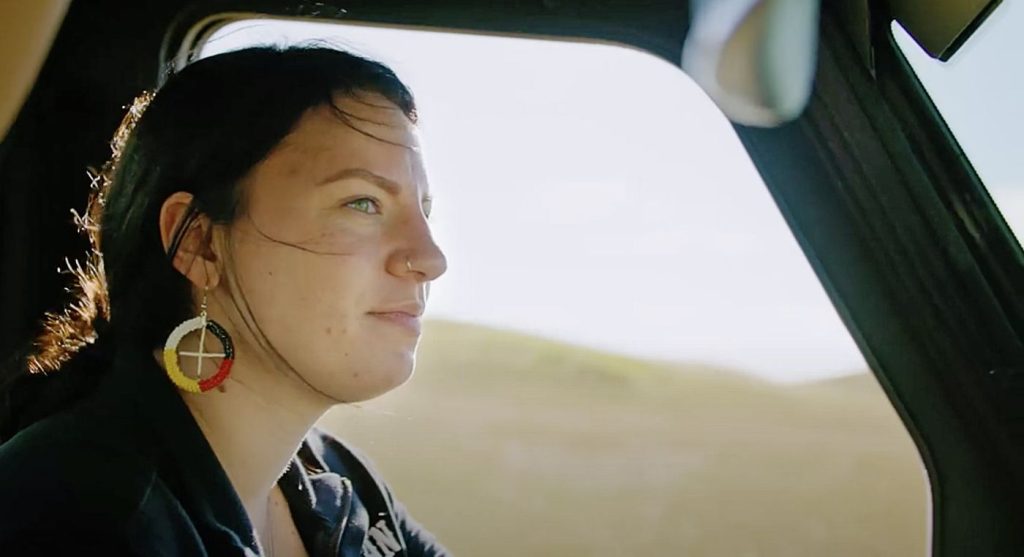
This mindset plays out in how loans are structured. Akiptan’s investment-loan option allows customers to make interest-only payments on their loans for up to five years. This way, Akiptan will “invest” money with an agricultural producer to help the producer get business up and running. After five years—or earlier, if the client chooses—the producer will start paying back the “investment” to buy Akiptan out of the business, Ducheneaux says.
,
“It’s something that truly practices the values that Akiptan believes in,” she says. “It’s patient capital instead of extractive capital. This allows for capacity growth and asset growth. We know we’re setting them up for success.”
,
By the time that the interest-only payments are done, the producer should be on track to increase the size of their operation, and the principal payments should be easier to make.
,
Sharing Their Story
Akiptan is using a model unlike anything else in the country. With improved access to affordable capital, Native agricultural producers could own and operate more aspects of the food system, which will create individual, family and community impacts that span generations. This can lead to generational wealth, land ownership and enhanced prosperity for Native ranchers nationwide.
Akiptan is a 2021 Community Innovation (CI) grantee, and its transformative impact is what aligns with the Bush Foundation’s CI program, intended to develop and test ideas to solve problems and create opportunities that can spread across communities. “This model aims to transform the agricultural lending industry and could be an important link in the development of longer-term Native food-system efforts,” says Tony LookingElk, grantmaking director at the Bush Foundation.
Spreading the model to a national audience is key, as Akiptan serves every tribal nation across the United States. “We want to help change the paradigm of what agriculture finance looks like, and we’re doing that by sharing our story,” Ducheneaux says. “We want to help lead that change, and we want to show everybody that you can be patient and still be a good, successful lender.”
,
Akiptan is becoming one of the best grants made through the CI program, according to LookingElk. “This is a story of seed money that grew to the point that they don’t need us anymore,” he says.
,
“We know that individuals, when they apply for a CI grant—they are shooting high, dreaming high,” he continues. “They have identified either a critical opportunity or a critical barrier that they need to address. By giving them the chance to either remove the barrier or help them realize the opportunity, they can help their clients achieve significantly better outcomes.”
During its four years in operation, Akiptan has lent out more than $19 million on 24 different Indian reservations. Akiptan also offers a traditional loan option, where money is borrowed at a set rate over a set period of time, and regular payments are made. The terms of the loan, however, are longer than what they might be at a typical bank, which puts less stress on cash flow.
,
“A lot of times in agriculture, the lender won’t extend those terms for very long,” Ducheneaux says. “They want to recapture their money as quickly as possible … because you’re deemed risky, and that gets you into that cycle of surviving. We’re trying to switch that up and do more of a thriving system.”
,
Akiptan’s payments are small so farmers and ranchers can take their profits and reinvest them back into their business. “We believe in taking on those perceived risks with our clients,” she says. “They grow their balance sheets and grow their operation. We’re really in it for the long term.”
,
Multiplied Growth
One of Akiptan’s success stories is Sakari Farms in rural Bend, Oregon, near the Warm Springs Indian Reservation. The 6-acre farm is owned and operated by Spring Alaska Schreiner, enrolled tribal member of the Chugach Alaska Corporation.
,
Schreiner focuses on planting and revitalizing pre-contact Native foods and plants and makes products such as sweet grass tea, elderberry tea, jams, sauces, oils, salts and scrubs.
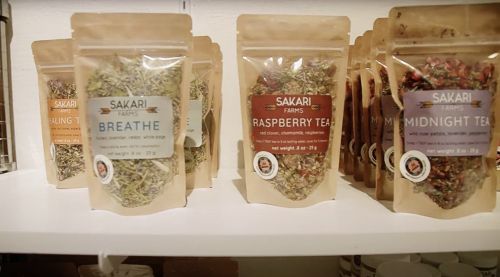

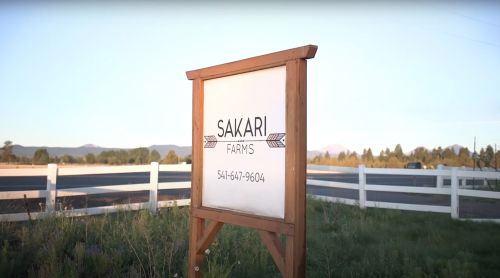
In the fall of 2018, Schreiner asked Akiptan for a loan for a greenhouse that would allow her to extend her growing season and make her harvest more bountiful. That wiggle room for growth resulted in what is now three greenhouses and more equipment. Schreiner also has had the chance to build a commercial kitchen, expanding her value-added line. “Just one small loan for a greenhouse turned her into just this awesome producer who is making waves in Indian Country,” Ducheneaux says.
Building the Model
Ducheneaux went to Black Hills State University in Spearfish, South Dakota, graduating in 2017 with a bachelor’s degree in business administration. During college, she spent the summers interning at the Intertribal Agriculture Council (IAC) in Eagle Butte. When she graduated, the IAC hired her to launch Akiptan.
,
The IAC is dedicated to promoting the Indian use of Indian resources, and it contracts with federal agencies to maximize resources for tribal members. It connects Native producers with the resources needed to succeed, and the resource needed most is often financing.
,
After 30 years of trying to work with traditional banking systems, IAC officials saw a need to change the system. “They said, ‘We’re going to put our money where our mouth is and create our own native CDFI, and we’re just going to bridge that gap ourselves.’”
Ducheneaux built Akiptan from the ground up. “When I started, all that was handed to me were the articles of incorporation and the name.”
,
She spent her first year at Akiptan going to trainings and conferences and meeting people and working with the organization’s board to develop policies. “We had to figure out the perfect balance between borrower prosperity and lender security, and how we could do things differently and change dynamics,” she says.
,
Akiptan launched in 2019 and offered $1.8 million in new loans during its first year. It nearly doubled that in 2021 with $3.4 million in new loans. The numbers have continued rising, with nearly $9.8 million in new loans in 2022.
,
Sustained Success
Ducheneaux, who has a master’s degree in business administration from Capella University, mentors others interested in establishing Native CDFIs. She also helps officials at other Native CDFIs interested in branching out into agriculture.
,
“There is just so much unmet need,” she says. “We can’t afford to not help each other.” Akiptan has ten employees, in South Dakota and Montana. It leases space in the Eagle Butte Incubator Space but is planning to build an office in Eagle Butte.
,
Everyone who works with producers at Akiptan has a background in agriculture. “Our boots are dirty,” she says. “You can’t have someone with no experience trying to make a difference in an industry that they don’t know anything about, so it helps us. We’re out there every day. I grew up ranching. I still live on a ranch. We all live in the country.”
This immersion gives them a different view on risk.
The traditional banking system “might view my family or other Native ranchers as risky because of the land situation and not having as strong of a balance sheet,” Ducheneaux says. “But I’m thinking, ‘Hey, these guys are fourth-generation ranchers, and they’ve been able to keep a family business alive for four generations.’ That’s really not that risky—you know what I mean? If there was a restaurant that was in a family for four generations, that would be a success story, so why is agriculture any different?”
,
According to the U.S. Department of Agriculture’s National Agricultural Statistics Service survey, there are about 80,000 Native American agricultural producers in the United States.
,
A market study commissioned by Akiptan in 2022 showed that the average unmet need for a producer in Indian Country is about $540,000. “You take 80,000 producers times $540,000, and you get $43.2 billion. So, we’re going to be working for a while,” she says.
,
Ducheneaux hopes to work herself out of a job.
,
“That’s the end goal: to give everybody patient capital, so that they don’t need loans anymore, and they’re just all-cash operating,” she says. “We’ve been through obstacle after obstacle for so long that it is definitely time for us to succeed,” she adds. “The only way to be able to do that is to lift each other up. We’re all in this together.”
Mary Divine has covered news and human-interest stories for the Pioneer Press since 1998. She has won numerous journalism awards, including the Premack Award and the Minnesota Society of Professional Journalists’ Page One Award. She is a graduate of Carleton College and lives in St. Paul with her husband and three children. She loves reading, walking, swimming and doing yoga and tabata. A perfect Saturday includes coffee with a friend, a walk along the river and going to a ballgame.
Continue reading
-

News
Welcome to new Bush staff members
We are celebrating some new Bush colleagues and hope you get to meet them soon!
-
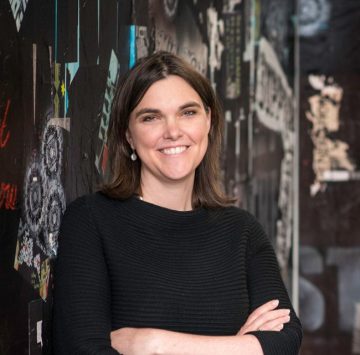
Note from Jen
Protecting our freedom to give
Do you know how CPR came to be? What about the 911 system? Ever wonder who developed the Pap smear? Or why school buses are all the same color? All these were the results of work funded by some foundation.
-
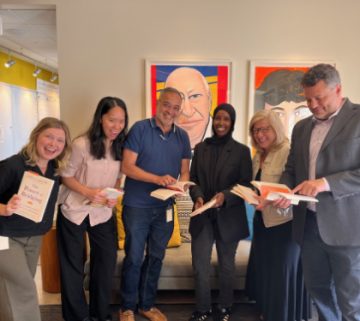
News
Introducing the Bush book club
Join us as we learn how to build a world where we all belong. And stay tuned as we get ready to welcome john a. powell to Minnesota for a special Bush book club event!